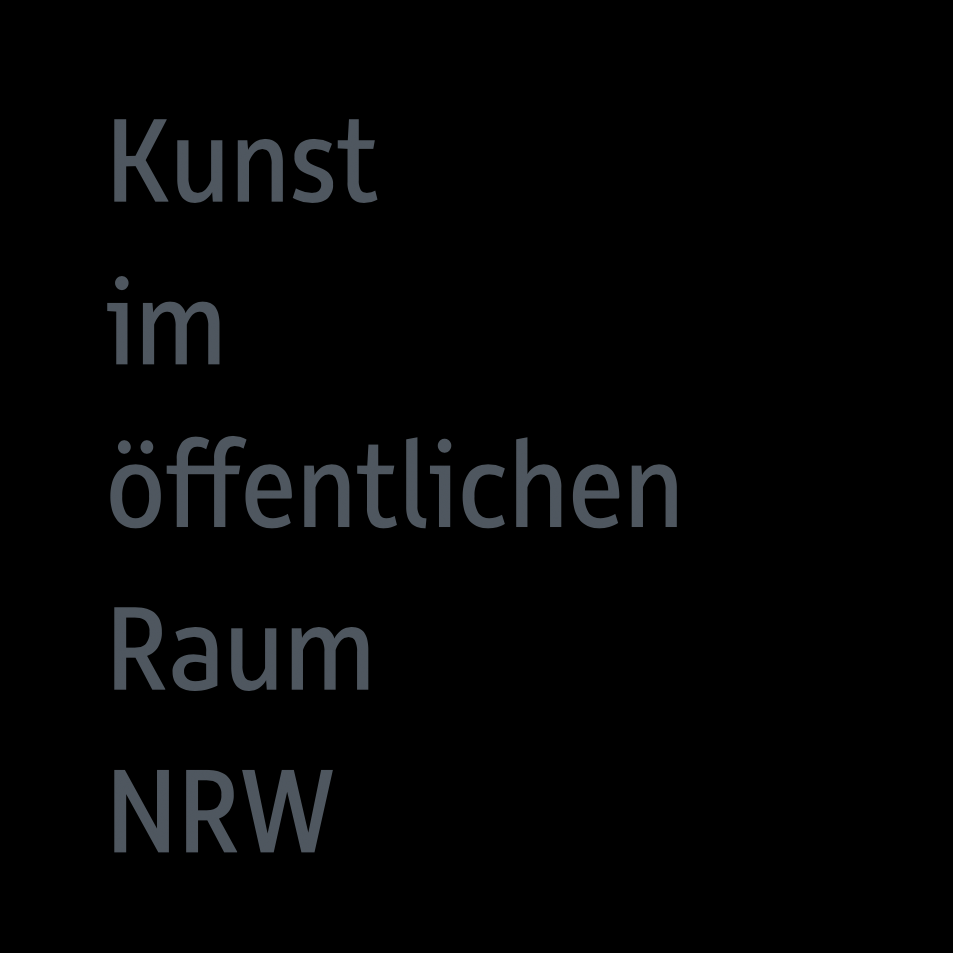Olympia-Hymne / Olympic Anthem
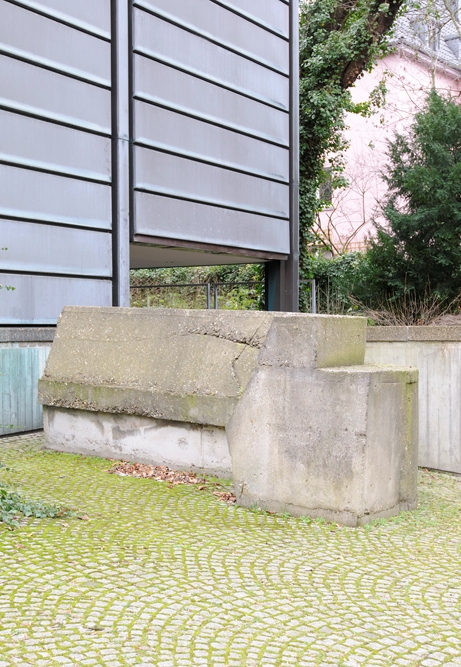
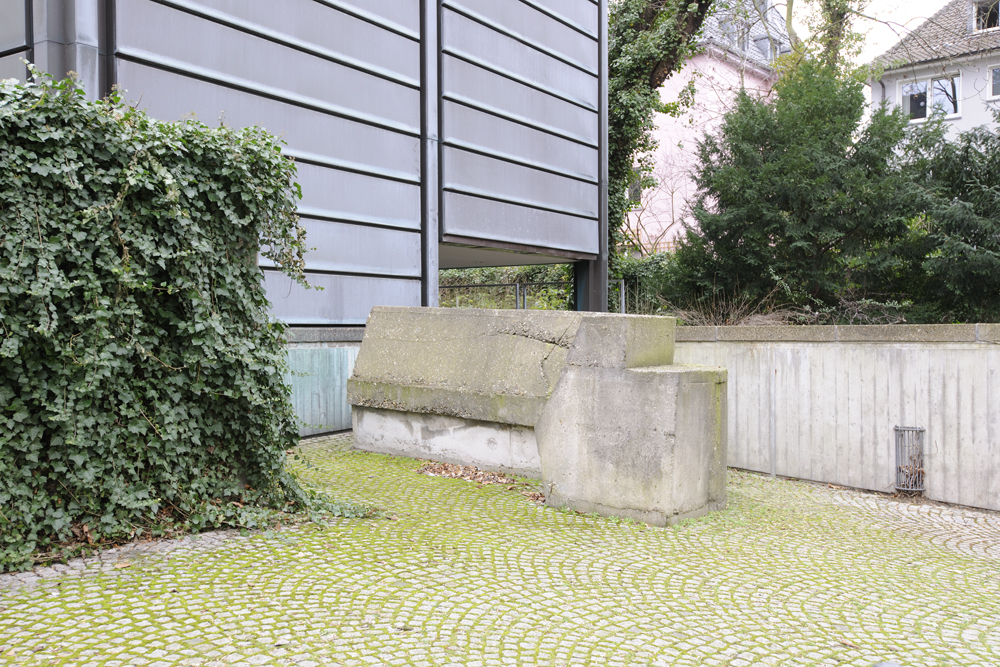
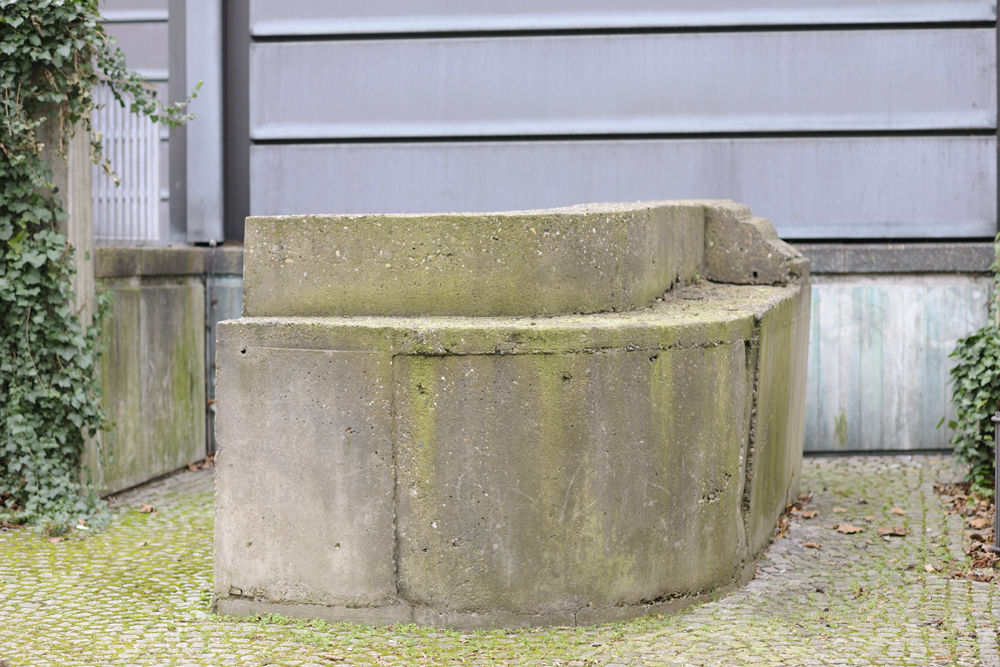

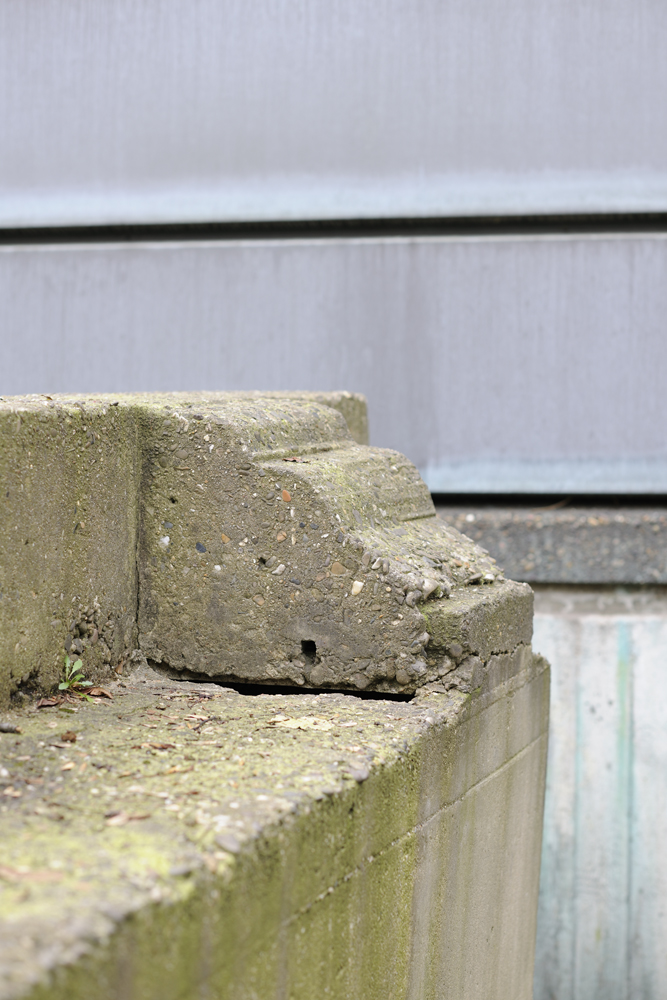
To the uninformed, Wolf Vostell’s sculpture might look like a concrete sarcophagus. An understanding of this sculpture’s political and artistic contexts can only be achieved through a deeper interest in the work: “You have to spend a lot of time with it. I also understand nothing about brain surgery,” the artist explained.
The work was created in 1972 when gallery owner Inge Baecker – Vostell’s longtime confidant – organized the 1. Bochumer Kunstwoche. Alongside artists like Allan Kaprow and Charlotte Moorman, Wolf Vostell’s contribution was an artistic act on the subject of consumerist society. He decided to pour concrete over the old Herker butcher shop counter, cash register – which still had money inside – and a few loaves of bread.
A framework was constructed out of boards and concrete was poured inside, so that the basic form of the counter and cash register were preserved. The act was supplemented with an exhibition of photographs depicting Bochum working class housing.
This work was used as a commentary on the summer Olympics that took place later that year, criticizing it as a “pseudo-event for national publicity that doesn’t take the working people into consideration.” The artist explained further: “Millions of marks are squandered on the Olympic Games for useless stuff and a lousy system of ranking people based on their accomplishments. What we need are not Olympic Games, but actions that help the people understand the frustrations that this highly competitive society imposes on them.” In his opinion, “life was improved by … the Olympiad – and not the seconds of the 100 meter race.”
Additional information: www.artibeau.de/0920.htm
Wolf Vostell
← Zur Startseite
Bochum, Kunstmuseum, Kortumstraße 147
